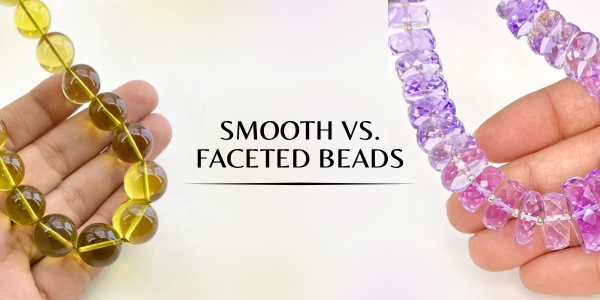The 5 C's of Blue Sapphires: A Comprehensive Buying Guide
Blue sapphires are always an excellent choice when it comes to gemstones, due to their deep color and rich luster. But how do you know what makes one blue sapphire better than another? Blue sapphires come in many different colors and qualities - how can you make sure you’re getting the best one for your budget? This comprehensive buying guide breaks down everything you need to know about blue sapphires, including their history, where they come from, what makes them so special, and more! Read on to learn everything there is to know about these beautiful gems!
1) Color
The first C in blue sapphires is color. The most important
thing to consider when evaluating a blue sapphire is its color. The ideal color
for a blue sapphire is a deep, rich blue. The closer the stone is to this
ideal, the more valuable it will be. However, even stones that are not quite
the ideal color can be beautiful and valuable.
2) Cut
The cut of blue sapphire is what determines its overall
shape and how well the stone reflects light. When choosing a sapphire, be sure
to pick one with a good cut as this will affect both the look and value of the
stone. Ideally, choose a stone that has been graded by the Gemological
Institute of America (GIA) because it will have undergone stringent testing for
clarity and color. In addition, when buying gemstones online make sure you read any reviews for details about the
quality of the cut before making your purchase.
3) Clarity
When it comes to blue sapphires, clarity is key. The clearer
the stone, the more valuable it is. Inclusions can make a sapphire appear
cloudy, so be sure to inspect the stone closely before making a purchase. If
you're looking for a flawless sapphire, be prepared to pay a premium price.
Stones with perfect clarity will cost significantly more than ones with
inclusions or other flaws. However, if your budget doesn't allow for such a
luxury, know that there are plenty of high-quality sapphire stones on the market that are under $1000 and still have good
clarity.
4) Carat weight
When it comes to blue sapphires, carat weight is one of the
most important factors to consider. The heavier the stone, the more valuable it
is. However, you also need to take into account the quality of the stone. A
heavy stone with poor clarity will be worth less than a smaller stone with
excellent clarity. Carat weight can vary widely in stones that are comparable
in terms of color and clarity. So if you're buying online, don't make your
decision solely based on carat weight.
Blue sapphire rings often come in sizes from 1-3 ct., which
means that if you're looking for a ring for yourself or someone else, keep this
in mind when deciding what size to buy.
5) Certifications
Certifications are important when buying blue sapphires
because they guarantee that the stone is natural and untreated. The most
important certification for blue sapphires is from the Gemological Institute of
America (GIA). Other important certifications include the American Gem Society
(AGS) and the European Gemological Laboratory (EGL). The AGS also has its own
grading system, so it can be confusing to figure out which certificate the
seller is referring to.
The GIA uses a grading scale where I-J indicates a poor
quality sapphire with visible inclusions, while M-Z indicates high-quality loose gemstones with few
or no inclusions at all.
Conclusion
In conclusion, when purchasing a blue sapphire, be sure to consider the 5 C's: carat weight, color, clarity, cut, and cost. With these factors in mind, you'll be sure to find the perfect stone to fit your needs! Remember that buying blue sapphires is an investment - they will not lose their value or stop being beautiful over time.




Comments
Post a Comment